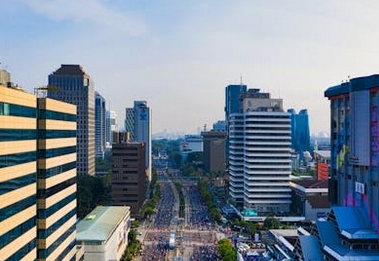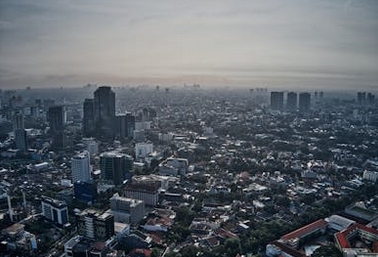6月17日,由江泰国际合作联盟、江泰全球救援联盟联合主办的2020中国企业走出去风险发布网络大会在北京举行,并现场发布《2020中国企业走出去公共卫生安全全球风险版图》。

该公共卫生全球风险版图指出,还在持续发酵中的新冠肺炎疫情将是今后相当长一段时期威胁世界公共卫生安全的核心风险,大部分国家和地区的医疗资源极限承压并近乎瘫痪。此外,除新冠肺炎疫情外,全球还需要关注跨地域传播影响广泛的主要传染病。
风险版图还指出,疫情防控的常态化已成为阶段性定论,公共卫生系统和基础设施的持续改善,是全球公共卫生风险可防可控的重要条件。
以下为《2020中国企业走出去公共卫生全球风险版图》发布稿:
2020 CEGG Global Public Health Risk Map Release
还在持续发酵中的新冠肺炎疫情将是今后相当长一段时期威胁世界公共卫生安全的核心风险。
The COVID-19 outbreak is and will be a core risk source that threatens world public health.
疫情在世界各地全面次第爆发,
The epidemic has dragged the whole human race into a fierce war with a highly infectious disease on a global scale.
呈高传染性、隐匿性、不易治愈等特性,
It is highly contagious, insidious, and difficult to cure.
大部分国家和地区的医疗资源极限承压并近乎瘫痪,
The medical resources in most countries and regions are tremendously challenged
公众对隔离的态度严重分化,
and the public‘s attitude towards isolation is severely divided,
极大加剧了疫情防控的难度和治疗的难度。
which greatly exacerbates the difficulty of prevention and treatment.
目前,新冠确诊人数最多的十个国家是美国、巴西、俄罗斯、英国、
Here is a list of the top ten countries affected by COVID-19: The United States, Brazil, Russia, the United Kingdom,
印度、西班牙、意大利、秘鲁、法国和德国。
India, Spain, Italy, Peru, France and Germany.
除新冠肺炎疫情外,我们还需要关注跨地域传播影响广泛的主要传染病,
Besides, the other major cross-regional pestilences are:
包括登革热、疟疾、霍乱、埃博拉、麻疹、黄热病等。
dengue fever, malaria, cholera, Ebola, measles, yellow fever, etc.
夏季还是蚊媒传染病的高发期。
Mosquito-borne infectious have entered a high incidence period during summer season.
登革热在东南亚地区
Dengue fever: Most frequent in Southeast Asia,
菲律宾、泰国、越南、柬埔寨、斯里兰卡等国为高发,
mainly in Philippines, Thailand, Vietnam, Cambodia, Sri Lanka, etc.
南美巴西、玻利维亚、洪都拉斯、墨西哥、阿根廷等国多发;
More common in Latin America, mainly in Brazil, Bolivia, Honduras, Mexico, Argentina, etc.
疟疾在安哥拉、马达加斯加、印度尼西亚、津巴布韦多发;
Malaria: More common in Angola, Madagascar, Indonesia and Zimbabwe.
霍乱在也门、埃塞俄比亚、莫桑比克、喀麦隆、肯尼亚多发;
Cholera: More common in Yemen, Ethiopia, Mozambique, Cameroon and Kenya.
黄热病多发于埃塞俄比亚、尼日利亚、南苏丹。
Yellow fever: More common in Ethiopia, Nigeria and South Sudan.
因为战争和冲突、经济基础薄弱、气候环境条件恶劣,
Some countries with war conflicts, weak economic foundations, poor climate and environmental conditions,
加之卫生基础条件较差,公共卫生风险持续维持较高水平的国家
as well as limited public health awareness and basic sanitation, which to lead high public health risks.
包括利比亚、叙利亚、伊拉克、也门、
These countries are: Libya, Syria, Iraq, Yemen,
印度、孟加拉、缅甸,以及多数的非洲国家。
India, Bangladesh, Myanmar and most African countries.
综上,
In summary,
疫情防控的常态化已成为阶段性定论。
the normalization of epidemic has become a phased conclusion.
公共卫生系统和基础设施的持续改善,
The continuous improvement of public health systems and infrastructure
是全球公共卫生风险可防可控的重要条件。
is an important condition for the prevention and control of global public health risks.
 优投APP下载
优投APP下载 优投服务号关注
优投服务号关注
















